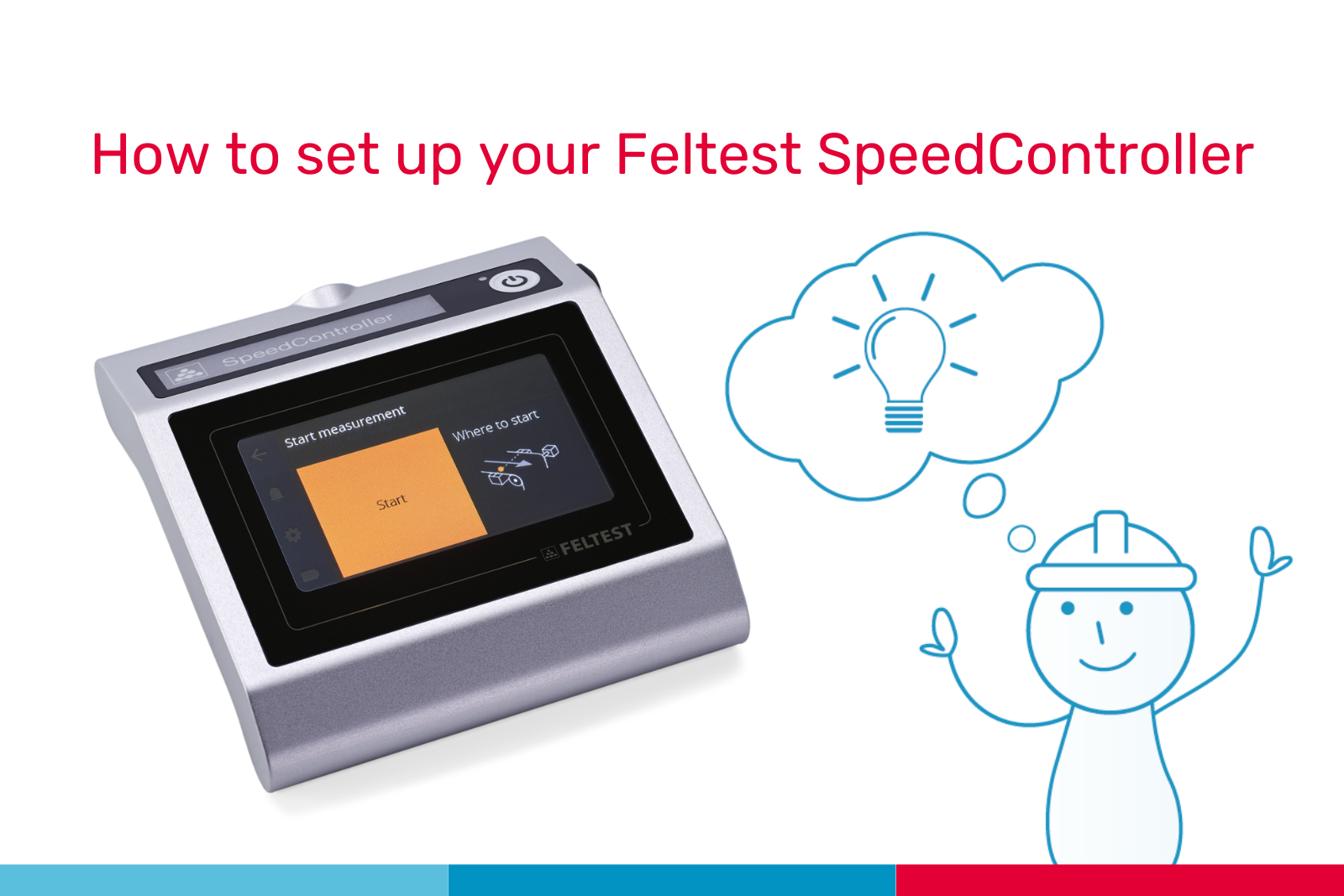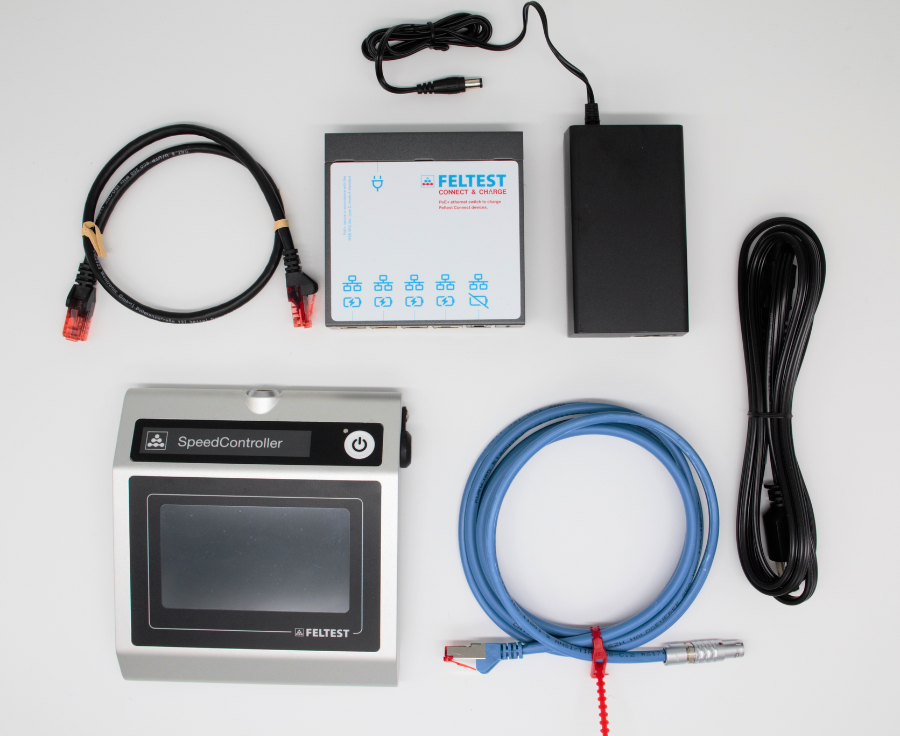Getting Started with the SpeedController: Your Guide to Better Felt Performance

Every percentage point matters in your mill's efficiency. While you're constantly balancing output targets against operating costs, your felts are quietly working as the unsung heroes of your production line—but only when they're performing at their best.
The Feltest SpeedController transforms how you monitor and maintain these vital components. By capturing precise measurements from both the AirSpeed and TrueSpeed Sensor, it provides a clear picture of felt performance across your machine.
With data from both tender and drive sides, you can spot developing issues before they impact production and make evidence-based decisions about felt trials and replacements. Put simply, the SpeedController turns complex felt performance data into clear, actionable insights to run a more efficient operation.
Here's your step-by-step guide to getting started with the SpeedController.

What's in the Box?
Your SpeedController package includes everything needed to start measuring:
SpeedController device
Blue network cable for connection and charging
Connect & Charge network switch (with power supply and standard cables)
Robust carrying case designed to hold all components and sensors
Setting up your device Step 1: Power and Connectivity
The SpeedController uses Power over Ethernet Plus (PoE+) technology, which means a single cable handles both power and data. We've included a Connect & Charge switch to make this simple:
Connect the Connect & Charge to power using the supplied adapter
Take the network cable from your computer and plug it into the switch, then use the supplied black cable to reconnect your computer to the switch
Use the blue cable to connect the SpeedController to the switch
Step 2: Accessing the Interface
The SpeedController features a web-based interface that works with standard browsers like Chrome, Firefox, or Edge. To access it:
Connect the SpeedController to your network using the blue cable
Wait for the device to receive its network address
Open your browser and enter the IP address shown on the SpeedController's display
You'll now see the web interface where you can configure settings and manage measurements.
Step 3: Basic Configuration
Before taking your first measurement, you'll need to set up a few basics:
Select your preferred language (English is currently available, with more options coming)
Choose your measurement units:
For AirSpeed: meters/second or feet/second
For TrueSpeed: various options including m/s, m/min, km/h, fps, fpm
Set your local date and time format
Step 4: Setting Up Your Database
The SpeedController organizes measurements hierarchically. Here's how to structure your setup:
Add your mill details (name and location)
Create entries for each paper machine (e.g., PM1)
Define positions for your machine clothing (forming fabrics, press felts, dryer screens)
Add specific measuring locations for consistent data collection
Step 5: Taking Your First Measurement
The SpeedController offers several measurement types to suit your needs:
AirSpeed Point Measurement: Perfect for monitoring specific uhle box performance
TrueSpeed Point Measurement: Ideal for verifying actual surface speeds against your Drive Control System settings
Making the Most of Your Data
Remember, consistent measurement is key to optimizing felt performance. We recommend:
Taking daily measurements at the same locations
Recording data when the machine is running well to establish baselines
Using these baselines to identify early signs of performance changes
Sharing data with your felt supplier to support felt optimization
Support When You Need It
The SpeedController is designed to be intuitive, but our team is always here to help. For more detailed guidance or specific questions, don't hesitate to reach out to our support team.
By following these steps and establishing regular measurement routines, you're on your way to better felt performance, improved machine efficiency, and ultimately, better production outcomes.
